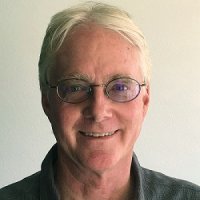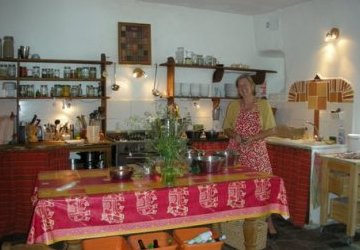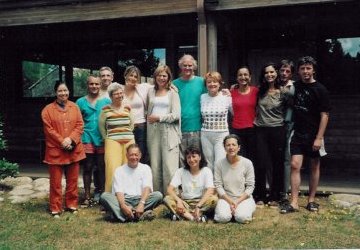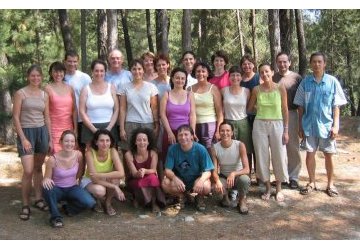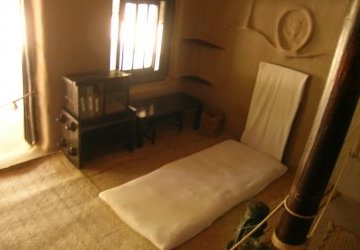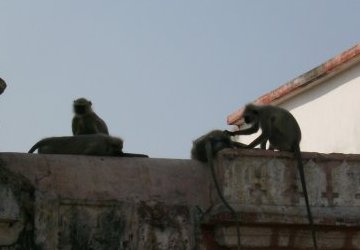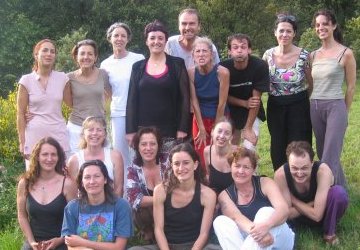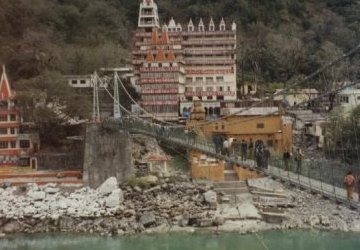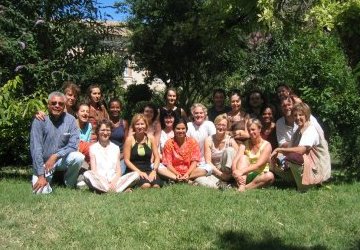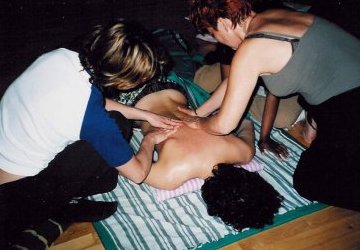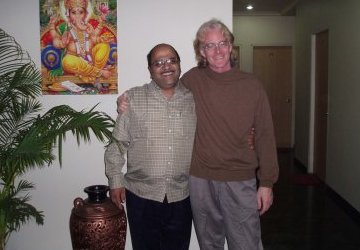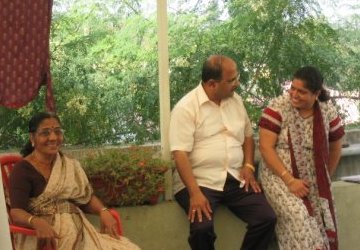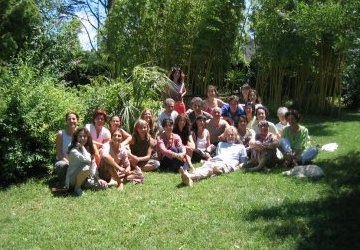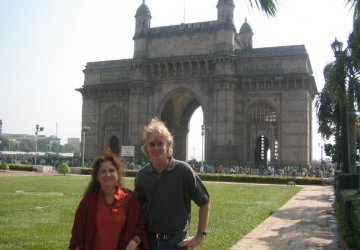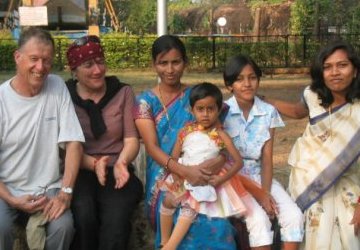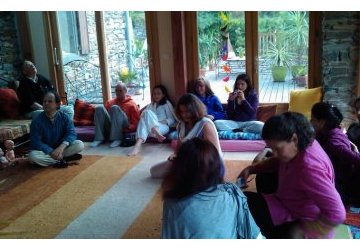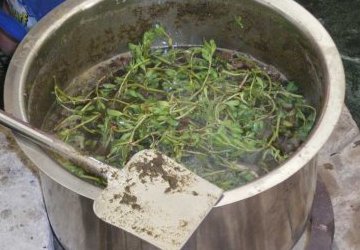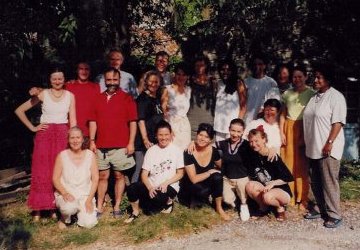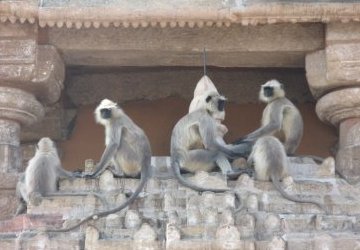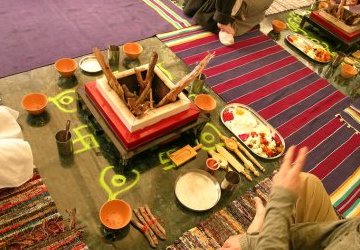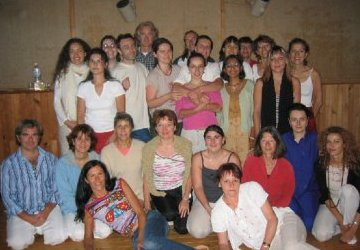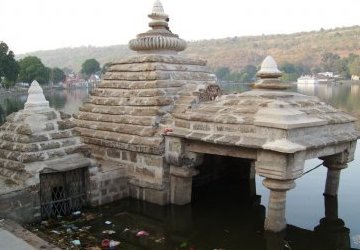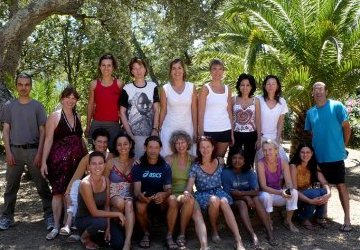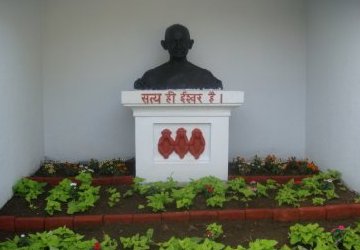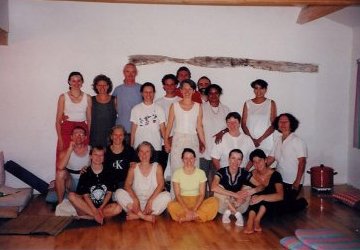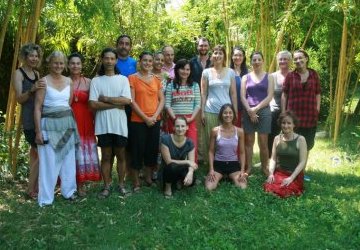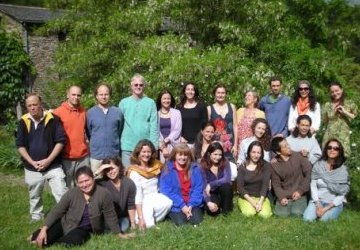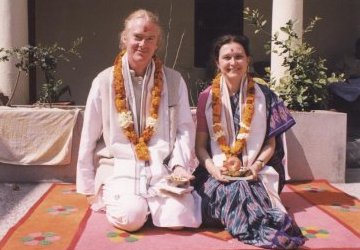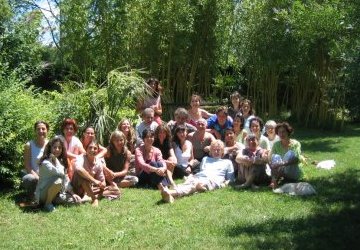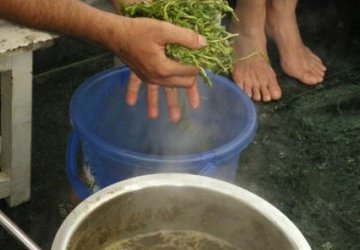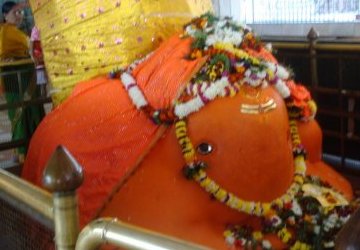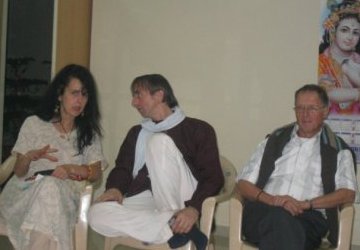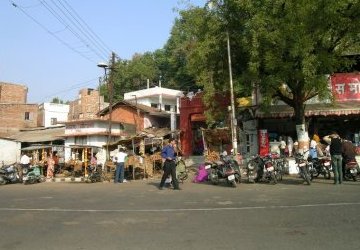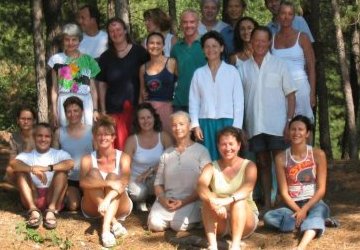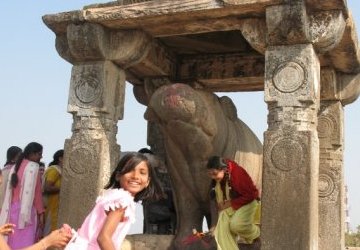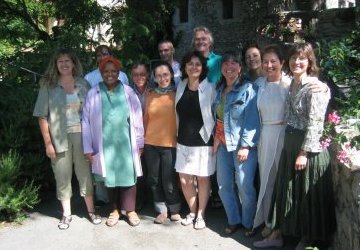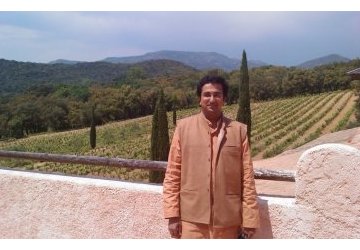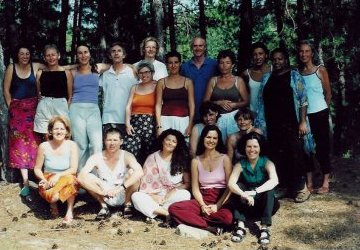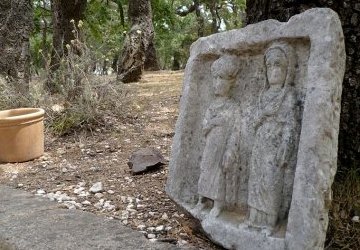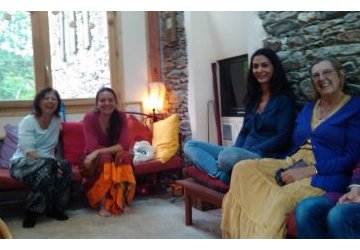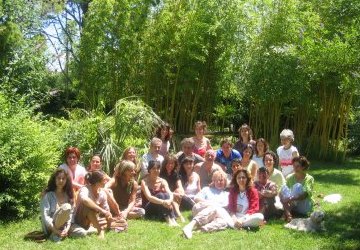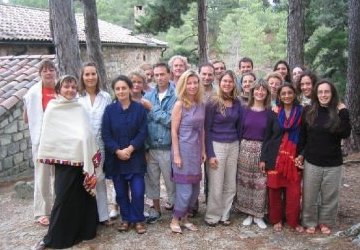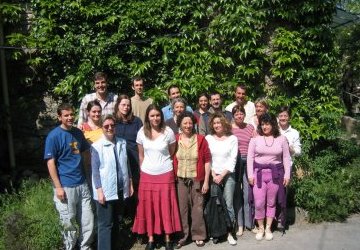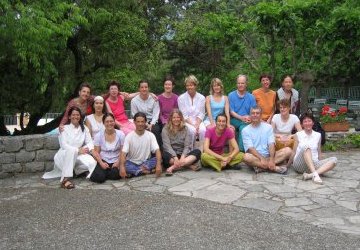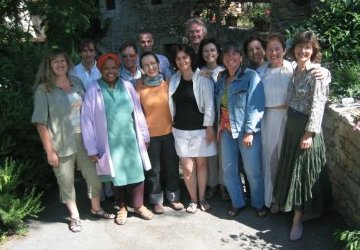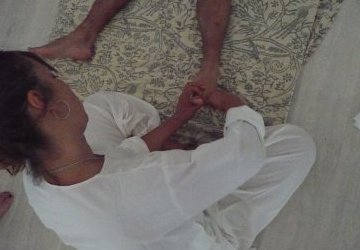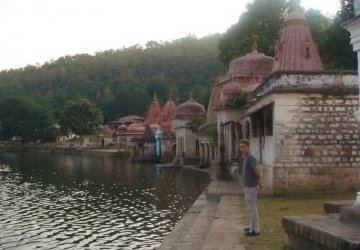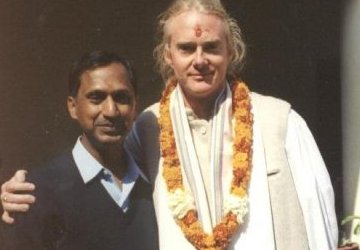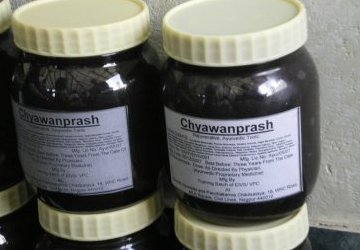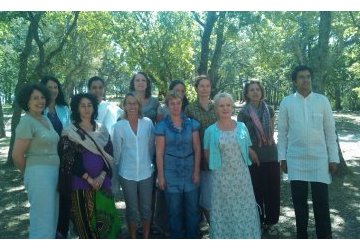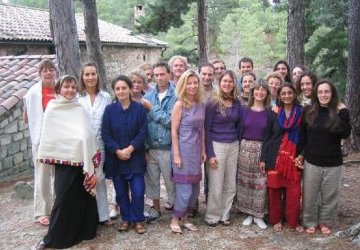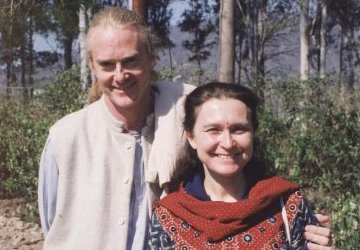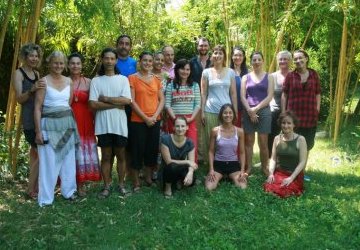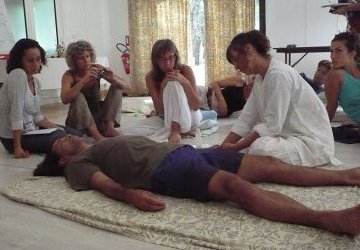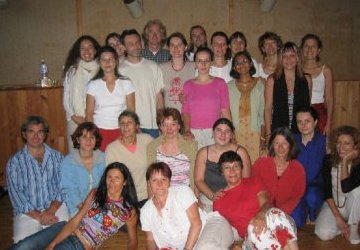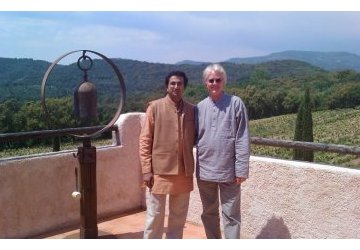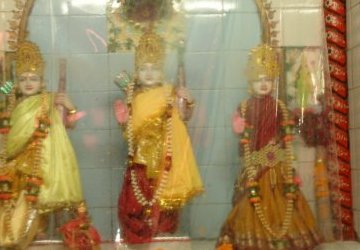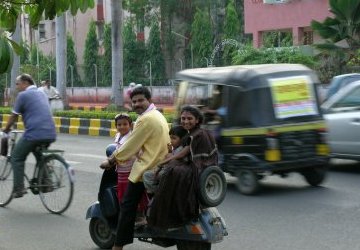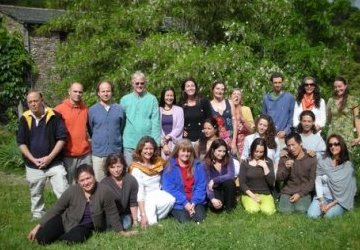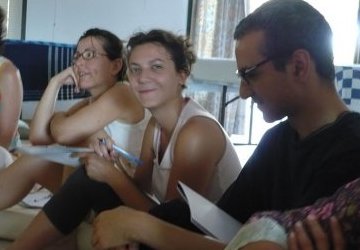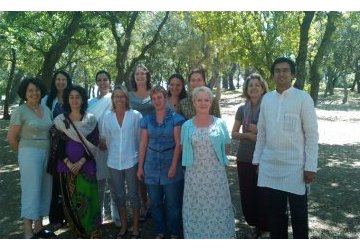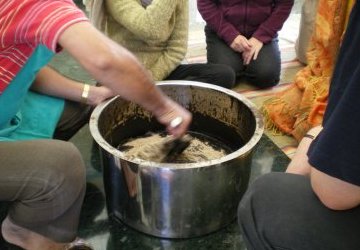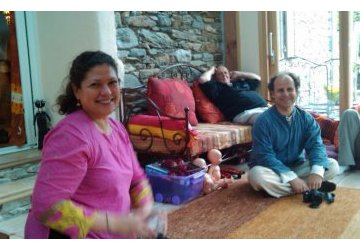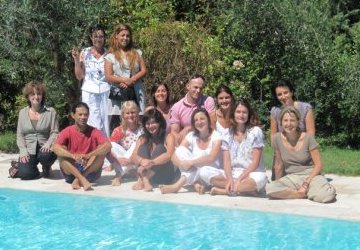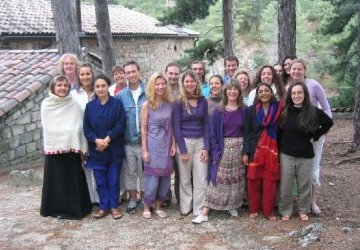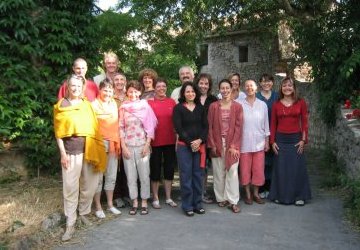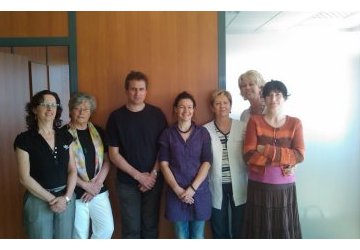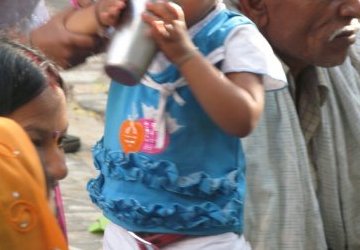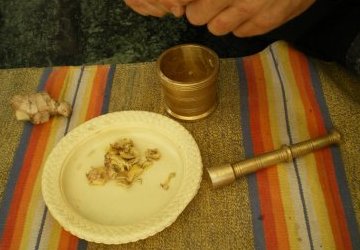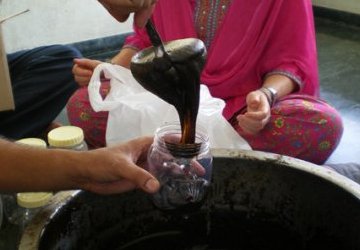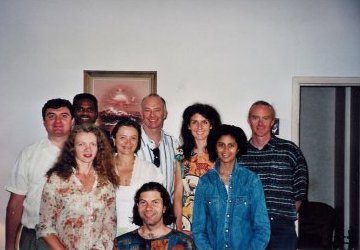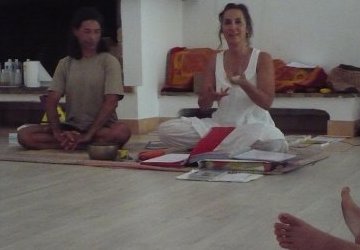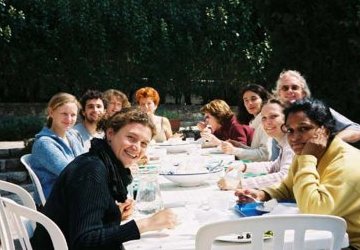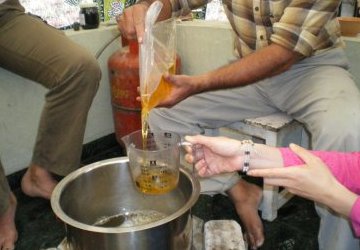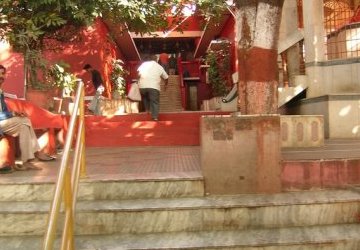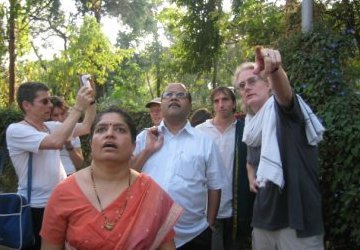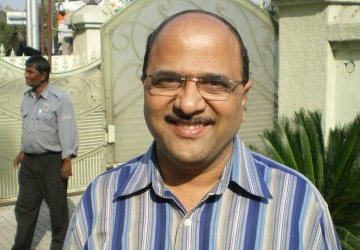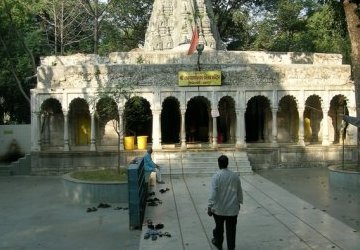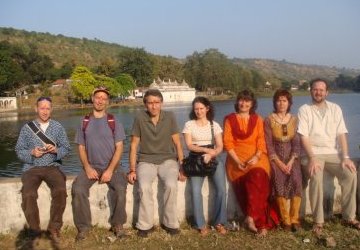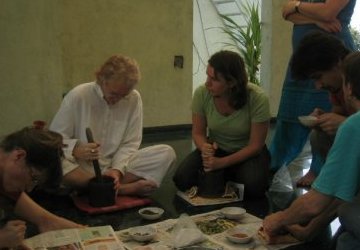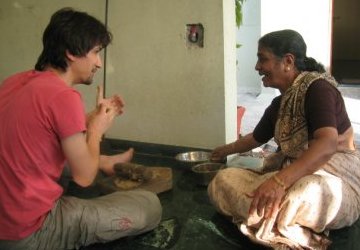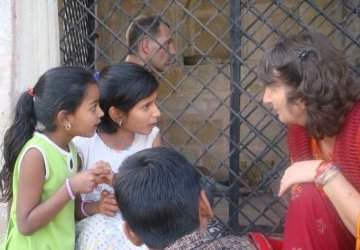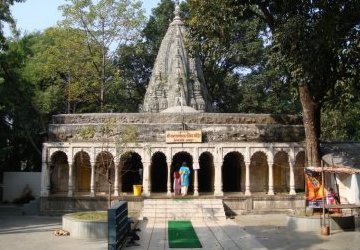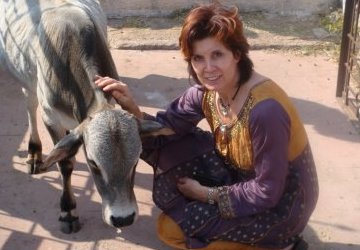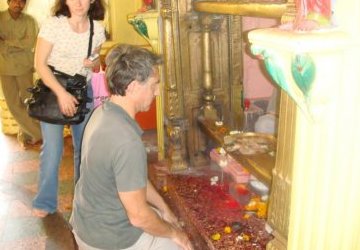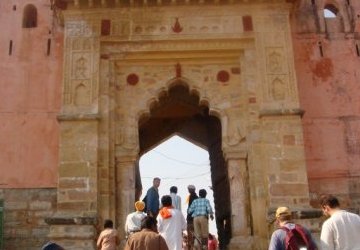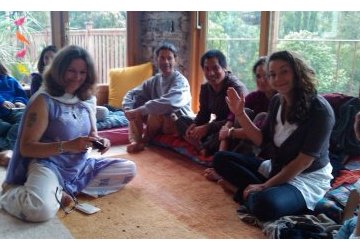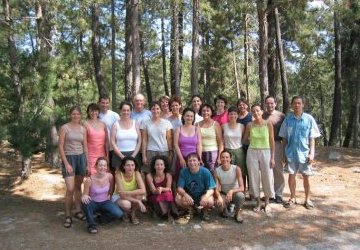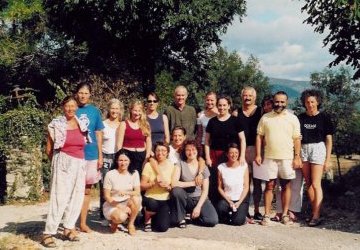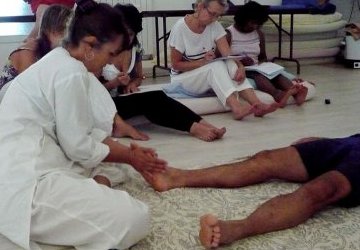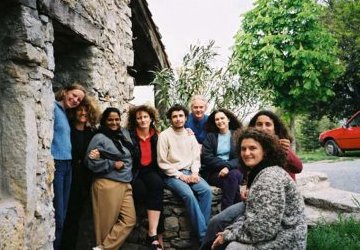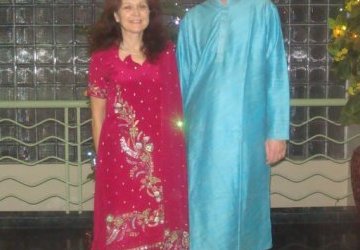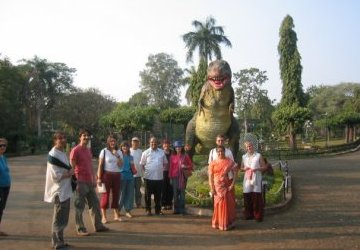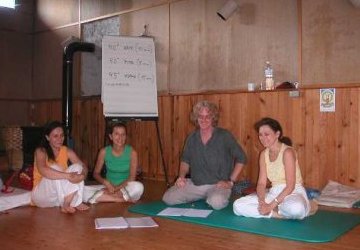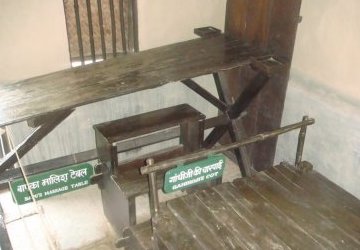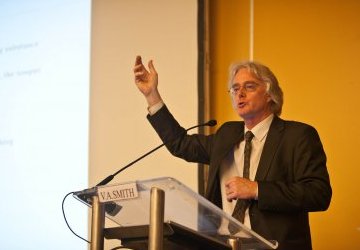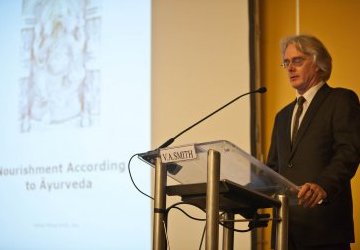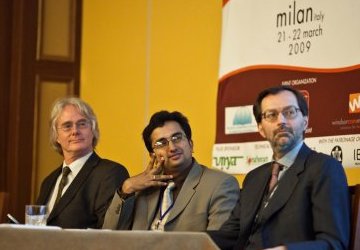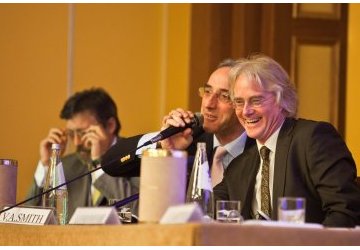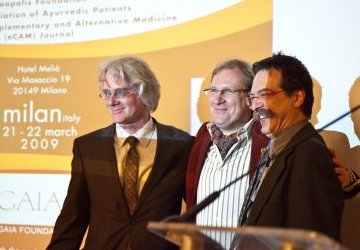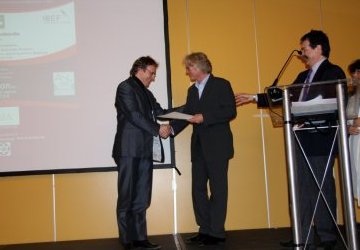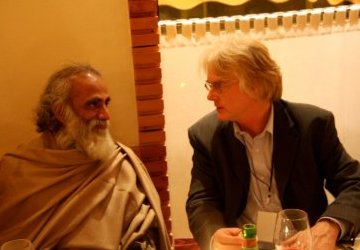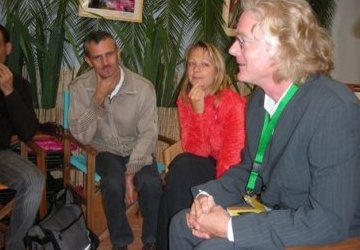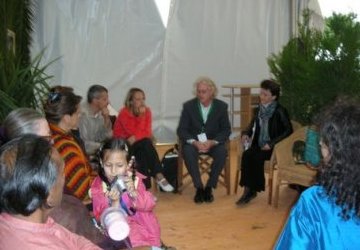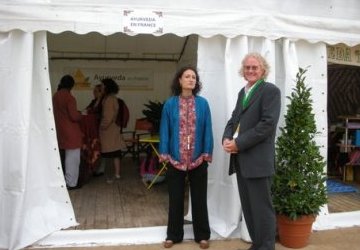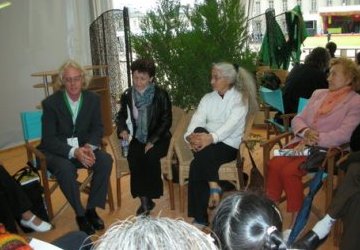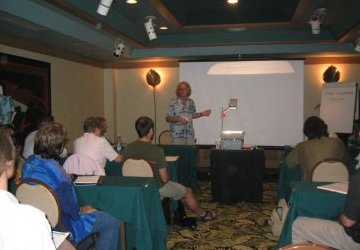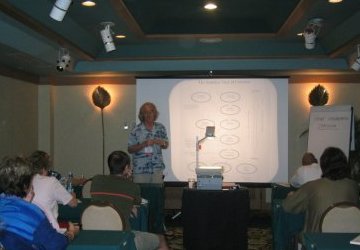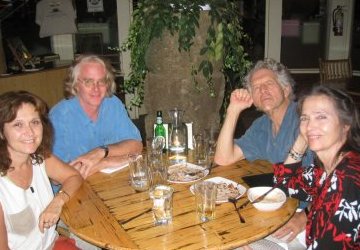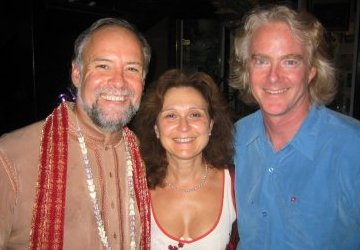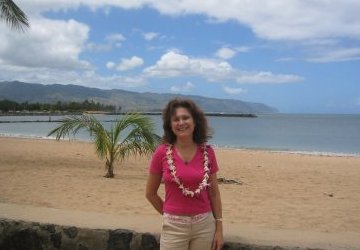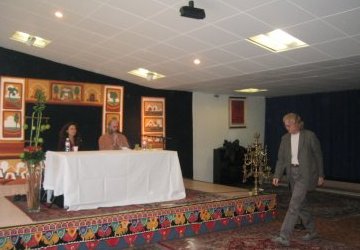Ayurvedic Medicine, Spa and Wellness
The history of traditional Indian health care – Ayurveda – is shrouded in mystery because Indian culture felt that writing was an inferior method of record keeping. Indian’s are well known to be able to memorize 40,000 to 200,000 sutras (verses) and recite then flawlessly with perfect Sanskrit intonation and meter. A master of this art can not only recite verses perfectly, but can also recite them backwards flawlessly !
Because of this particular view of learning and recording history very little has been written about ancient Indian by the Indian’s themselves. However, we do know a great deal about ancient India from the Chinese and Persians who where great writers. Thus, most of what we have in recorded information about ancient Ayurveda (literally ; the science of longevity) come from either merchants or scholars, not necessarily doctors. Judging from the records of the Chinese we can surmise that Ayurveda began to be formulated into public health care prior to 3000 BC. This is supported by archeological discoveries in the last decade that have found cities 5000 to 7000 years old that have indoor plumbing, attached bathrooms and sewer systems to evacuate waste.
The history of medicine is clear that the most important discovery for the health of humanity has not been vaccines, but rather sanitation. Therefore, it is illogical to assume that public health of large, ancient cites was an arbitrary manifestation of luck. Moreover, it is clearly stated in the oldest Ayurvedic text, the Caraka Samhita, that Ayurveda came into being from the concern of the wise men of the period who saw the grouping of people into city environments as a major concern for general health and welfare. Ayurveda developed from the physical and sociological needs of humanity in that time and place.
Although the Ayurvedic doctor, or Vaidya (literally, one who has knowledge of Ayurveda) was available to the general public, it was the royalty that received the best care and sponsored development. Obviously, a king or queen was not going to settle for a cold bath when perfumes, rose water, warm scented oils and other wonderful, sense pleasing products where available. It is perhaps forgotten that until recently India has always been the richest country of the world. The historical records indicate that palaces where made of gold and precious gems adorned not only the people but the palaces as well. Such a rich culture needed to maintain health of the general population and the health of the king, who represented political stability for the country as a whole. Thus, Ayurveda played a critical political role as well as providing relaxation and comfort to the rich and powerful.
Ayurveda has eight classical branches of medicine :
| General Medicine | Käyacikitsä |
| Pediatrics | Kaumärabhrtya |
| Toxicology | Agadatantra |
| Surgery | Shalyatantra |
| Head Diseases | Shäläkyatantra |
| Rejuvenation | Rasäyana |
| Aphrodisiacs | Väjikarana |
| Possession and Psychiatry | Bhätavidya |
While some of these branches, such as rejuvenation, can be very useful in spa treatments it is more the therapeutic approach of Ayurveda that is useful to those of us in the Spa industry.
All treatments in Ayurveda are divided in two categories - Brimhana (to ’make heavy or strengthen) and Langhana (to ’make light’ or purify). Each category is again divided into “strong” or “mild” treatments. Thus, treatments in Ayurvedic medicine can be medical – those using “strong” therapies. Or Ayurveda can be wellness using “mild” therapies. The mild side of the reducing treatments is called Shamhana, which means to calm or pacify. This is therapeutic approach we need to use in the Spa sector and have always has been a part of Ayurveda.
In the West the above differentiations are not understood. A massage in Ayurveda can be medical or wellness depending on how the therapist applies the method, what type of individual is receiving the treatment, what oil is used and how often the therapy is done. There are very specific protocols in Ayurveda for ALL the dozens of methods that exist. Unfortunately these protocols are not taught to spa therapists, most of the time they are not even aware that a therapy they are performing can actually have the opposite effect if applied to the wrong person at the wrong time without observing the correct protocol.
A flagrant example of this misunderstanding is the popular therapy known as Shirodhara, dropping a steam of warm oil over the forehead of a person. Shriodhara is a therapy that falls under the Bhätavidya category (Possession and Psychiatry) and is primarily used for psychiatric disorders in traditional Ayurveda. It function is to slow down the speed of thinking and allow the patient to form clear thoughts and feelings - where before thoughts and feelings may have been disorganized or chaotic. Of course, this describes a method most of us can use today ! However, Shirodhara is never performed in Ayurveda without preparation because it can actually speed up thoughts and emotions causing agitation to the patient instead of reducing agitation. Thus, the effect of relaxation is lost and, perhaps, the client as well.
The minimum preparation needed to perform Shirodhara is an oil massage. Depending on the person there may be a need to perform more extensive preparation to achieve the correct level of relaxation. Therefore, the standard protocol in Ayurveda is that a client receives oil massages before receiving Shirodhara. The type of oil being used, the temperature of the oil and the duration of the treatment are also important for the right level of relaxation to be achieved. For example, a person dominated by a warm metabolism (Pitta) will become irritated in Shirodhara if the oil used is too hot.
Ayurveda recognizes that all of creation is the result of five basic categories of matter combining together – the Panchamahabhuta. For biological organisms the five groups of matter (or five elements) are controlled by three intelligent principles called Dosh ; of which there are three – Vata, Pitta and Kapha. The tri-dosha form the basis for all health problems according to Ayurvedic theory. The Caraka Samhita states : “all pathology in the body is caused by Vata, Pitta and Kapha” (Su., Ch. 1, Vs. 57). However, in an apparent paradox the same text also states that the tri-dosha are responsible for health (Su., Ch 1, Vs. ?).
Ayurveda believes that the tri-dosha cause disease when they are allowed to increase and bring health when they are kept in a state of equilibrium. According to the tri-dosha theory this varies from person to person, what is causing increase for one person may restore equilibrium to another. There is no “one size fits all” in any application of Ayurveda, wellness or medical. Health in Ayurveda is not viewed as a state that simply lacks the symptoms of disease. Health is viewed as a dynamic state – one that can keep increasing and expanding. Ayurveda uses the Shamhana therapies (calming and mildly reducing) to maintain dosha equilibrium and thus prevent disease and increase health.
Traditionally Ayurveda is founded on the concept that each person is an individual and needs to be treated accordingly. There is no value judgment associated with different Ayurvedic constitutions. Each type of person is seen as a reflection of their overall metabolic functioning that will give them certain capacities to absorb oils or foods faster or slower. Having this knowledge allows the doctor or therapist to align treatments to the individual and achieve better therapeutic results.
In the Spa industry it is possible to establish simple protocols of the Shamhana therapies to account for different individuals. If these protocols are established then the therapies give a far greater level of relaxation and well being. If they are not established fifty percent of the time the desired effect will not manifest and half of those fifty percent will experience discomfort. Therefore, if a spa or health center wishes to use Ayurveda it is worth setting up correct protocols of treatment otherwise you can expect to lose twenty percent of your clients who undergo Ayurvedic treatments.
What is confusing to the non professional is that the same technique can be used in a medical way or in a wellness manner. It takes a highly trained practitioner to be able to understand this and apply the methods and therapies correctly. Typically in India this take over six years of university study. A spa technician or therapist is typically trained two to four days in any new method. The obvious solution is to have an Ayurvedic doctor set up protocols that the therapists can follow. The better trained the staff the better the therapeutic results and the happier the client.
There are a number of therapies that can be successfully applied to the spa industry. For example the following methods can be adapted safely to the spa and Wellness sector with great success.
- ABHYANGA, Full body oil massage (50 mins)
- KESABHYANGA, Head and face oil massage (30 mins)
- PADABYANGA, Foot oil massage (30 mins)
- UDVARTANA, Herbal powder massage (50 mins)
- UDGHARSHANA, Energetic herbal powder massage (50 mins)
- DEHARMADANA, Profound full body oil massage (50 mins)
- SHIRODHARA, Stream of warm oil on forehead (30 mins)
- SNEHANA, Heavy oil massage (30 mins)
- SVEDANA, Herbal Steam box (20 mins)
- PINDASVEDANA, Warm herbal rice Bolus massage (50 mins)
- PIZZICHALI, Vigorous rice Bolus massage (50 mins)
- MANYA BASTI, Reservoir of warm oil on the neck (30 mins)
- KATI BASTI, Reservoir of warm oil on the back (30 mins)
- URO BASTI, Reservoir of warm oil on the heart (30 mins)
- LEPA MASSAGE, Application of Herbal pastes (50 mins)
The duration indicated for each method indicates the time charged by the spa, not necessarily the time of the treatment. For example, Manya, Kati and Uro Basti’s are held for 15 minutes on the client. But there is the time of preparation, cleaning and rest that require 30 minutes of total time. Likewise for the different forms of massage, they are best preformed for an average of 30 to 40 minutes depending on what kinds of materials are being used.
Personally I learned to appreciate five star hotels and restaurants with my father who traveled extensively for his profession. I have received a number of massage and treatments throughout the world in health spas and clinics. Inevitable I have been disappointed. My personal view is that spas do not necessarily have to indicate a poor level of therapists, although too often the spa technician is not directly implicated in the return of the client, resulting in a general disinterest of the methods performed. Additionally, the methods are commercialized and lack the level of relaxation that one would expect from a good system.
Vaidya Atreya Smith is the director for the European Institute of Vedic Studies located in Switzerland. He has been practicing more than 25 years and has lived and studied in India from 1987 to 1994. In 2005 he was awarded the title of Vaidya in Varanasi, India.
Copyright © 2015 EIVS GmbH

